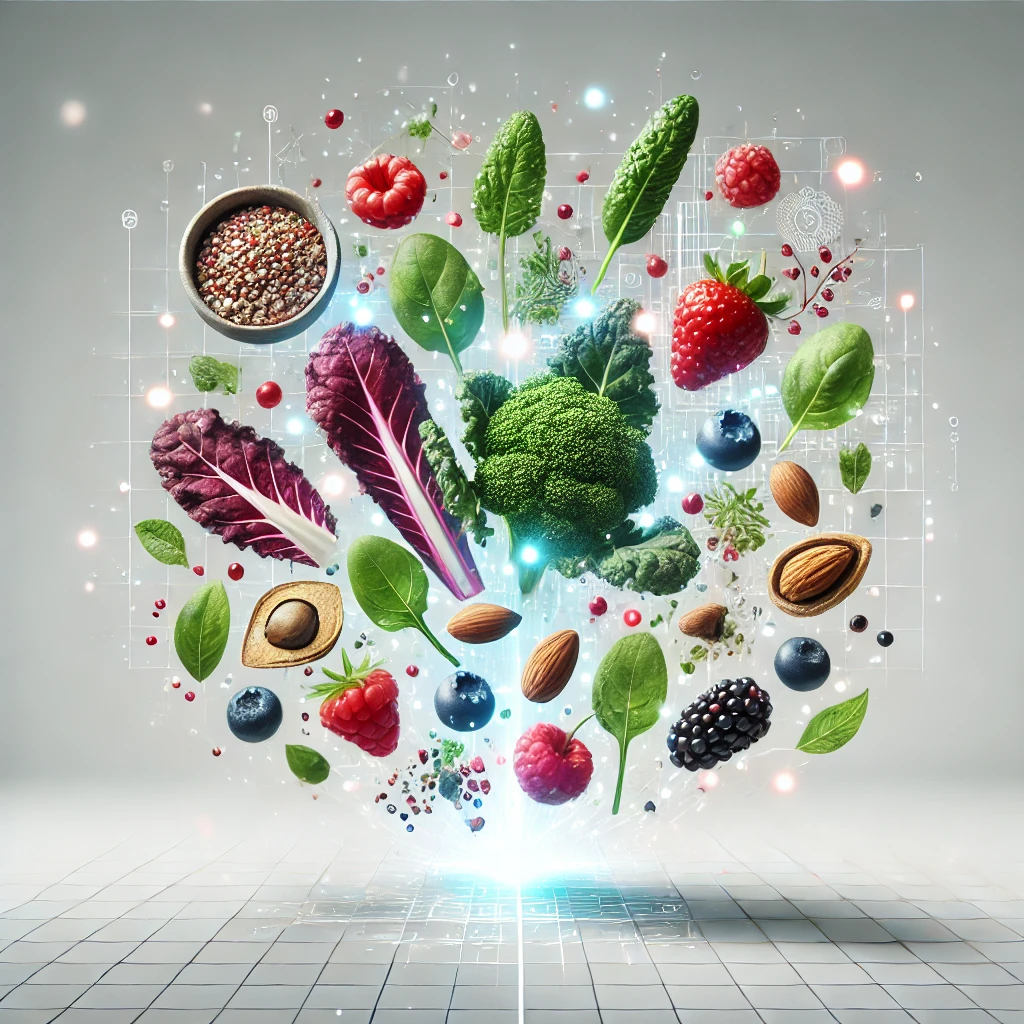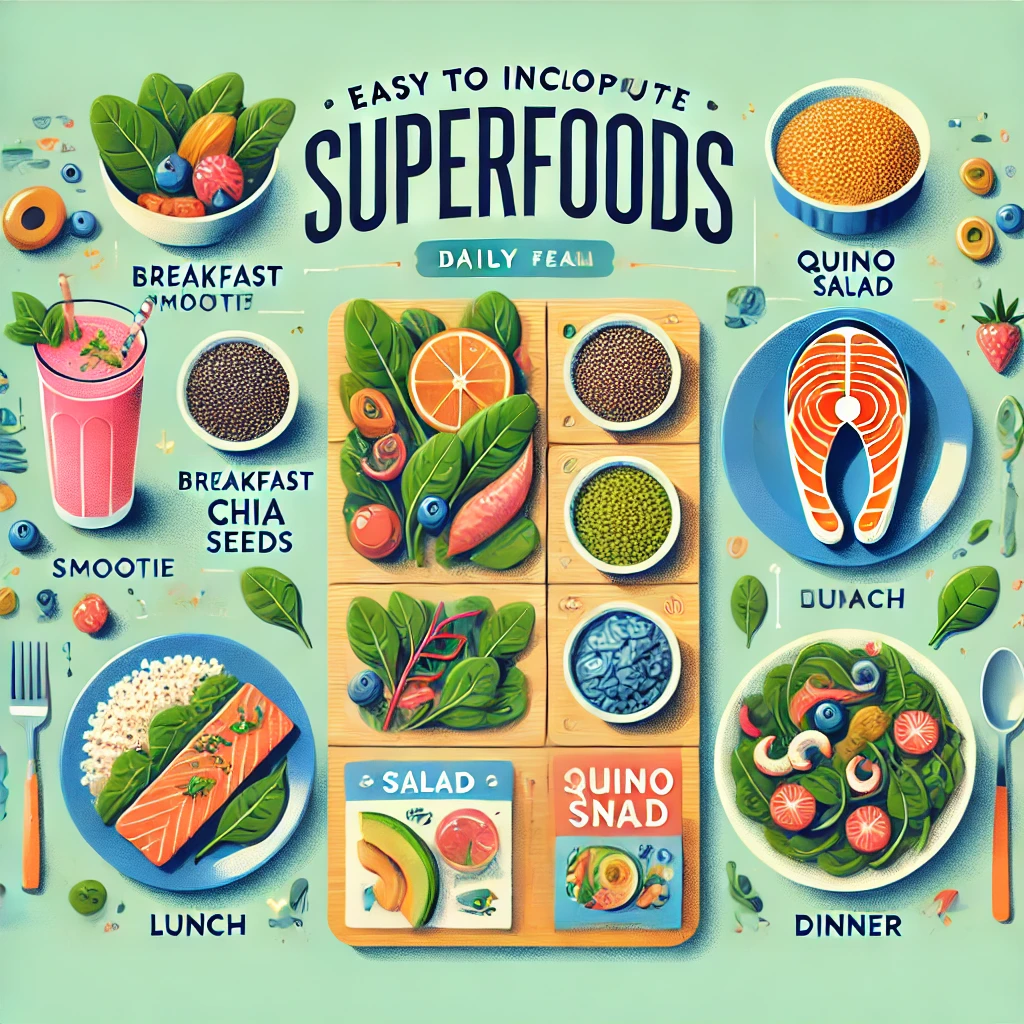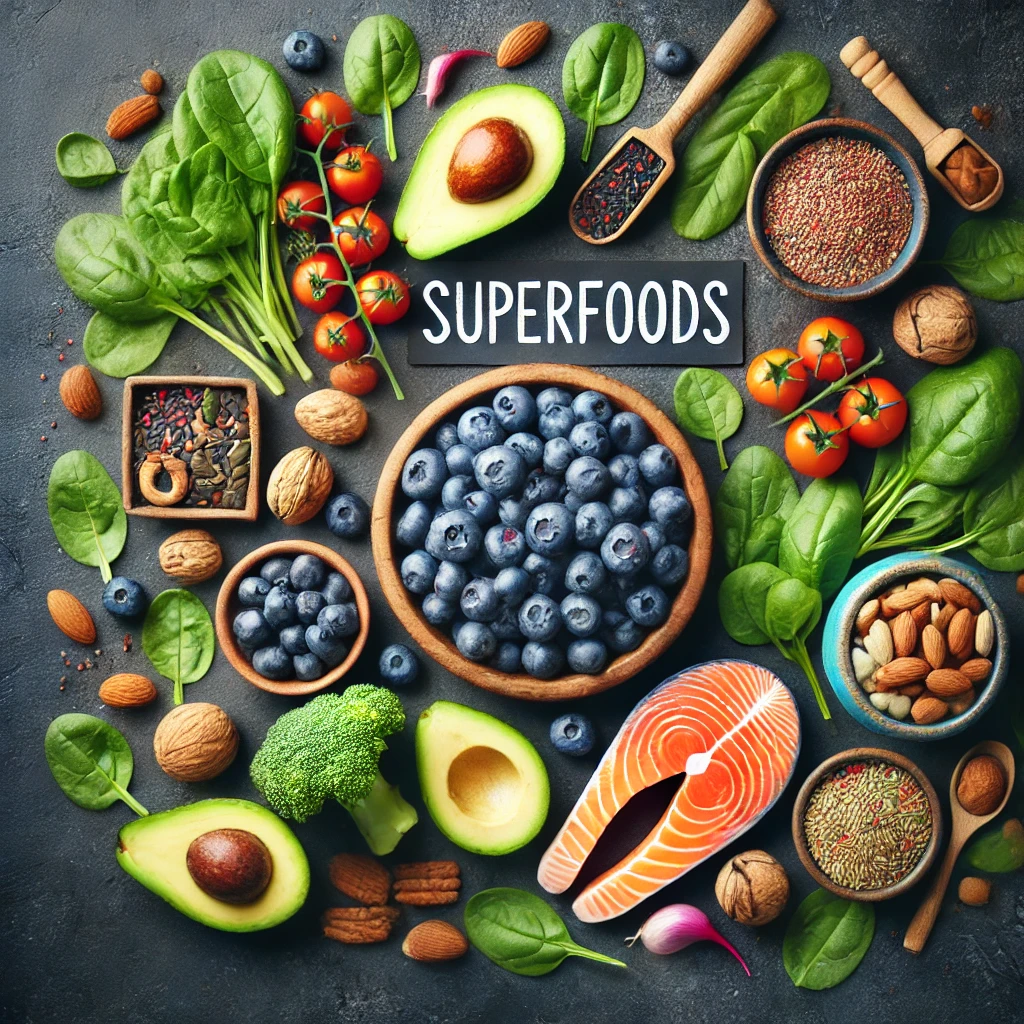Imagine scrolling through your morning feed and being bombarded with images of vibrant acai bowls, radiant green smoothies, and artfully arranged kale chips that look almost too good to eat. As a nutrition consultant with over a decade of experience working with young professionals juggling demanding careers and personal health goals, I’ve seen firsthand how the allure of superfoods can both inspire and confuse. I still remember the early days of my career—eager to optimize my energy and focus, I dived headfirst into the superfood trend, only to find myself overwhelmed by conflicting information and exaggerated claims.

Much like the promise of a sunrise after a long, dark night, the concept of superfoods sparkles with the potential for better health. Yet beneath the radiant imagery lies a maze of myths and misconceptions that can leave us wondering: are these foods truly the miracle cures they’re made out to be, or is much of the hype just clever marketing? Today, we’ll peel back the layers on superfoods, separating fact from fiction, and taking a closer look at what really makes them special—and sometimes, not so special after all.
What Are Superfoods?
Superfoods, in their simplest form, are nature’s powerhouses. Think of them as the rockstars of the food world—packed with nutrients, bursting with antioxidants, and capable of transforming an ordinary meal into a festival of health benefits. But what exactly qualifies a food to earn this star status?
I recall a moment in my early culinary explorations when I discovered that a humble blueberry could elevate a simple bowl of oatmeal into something extraordinary. Superfoods are defined by their high nutrient density, offering a rich concentration of vitamins, minerals, and other bioactive compounds relative to their calorie content. They’re like tiny treasure chests, loaded with goodies that help bolster our immune system, sharpen our minds, and boost our energy levels.
Take the vibrant kale leaf, for example. More than just a striking green garnish, kale is often compared to a natural multivitamin. Its deep, earthy flavor and robust nutrient profile are akin to a well-orchestrated symphony where every note contributes to a harmonious whole. It’s important to remember, however, that no single food—no matter how nutrient-rich—can work miracles on its own. Instead, superfoods serve best as part of a balanced and varied diet.
Common Myths Surrounding Superfoods
For many of us caught in the whirlwind of early career hustle and late-night deadlines, the promise of a magic bullet—something that can instantly elevate our health—is irresistible. Yet, much like a mirage in a desert, the allure of superfoods often fades once you get closer. Let’s unravel two common myths that have shaped modern food culture.
Myth 1: Superfoods Are a Miracle Cure
I vividly remember when I, too, was seduced by the glittering promise of a single superfood remedy. Fresh out of college and overwhelmed by a demanding schedule, I invested in a highly touted superfood supplement, believing it to be the secret weapon for better health. In reality, it was more like a sparkler than a magic wand—useful as a small addition, but far from a cure-all.
This myth, which suggests that one superfood can stave off disease or reverse aging, is similar to expecting a single ray of sunlight to warm an entire winter day. While many superfoods are indeed nutrient-dense powerhouses, they cannot replace the balanced diet required for sustained wellness. Instead, they should be seen as important supporting actors in your nutritional ensemble, not the sole stars of the show.
Questions to ponder:
- Have you ever pinned your health hopes on one “miracle” food?
- What balanced meal combinations do you rely on for lasting energy?
A colleague once swore by a trendy acai supplement, only to realize that true vitality came from a medley of whole foods, regular exercise, and mindful living. Her journey mirrors that of many young professionals who learn that health is a symphony—a harmonious blend of diverse elements rather than a solo performance.
Myth 2: Superfoods Are Only for the Affluent
Another persistent myth is that superfoods are a luxury reserved for those with deep pockets. Picture glossy advertisements showcasing exotic berries and artisan greens, implying that without access to these pricey ingredients, optimal health is out of reach. In reality, many superfoods are both accessible and affordable once you know where to look.
I once believed that tapping into the power of superfoods required splurging on elaborate, hard-to-find ingredients. However, I soon discovered that local markets and neighborhood grocery stores are treasure troves of nutrient-dense options—like humble spinach, budget-friendly oats, or even canned salmon—each brimming with health benefits. Embracing superfoods isn’t about spending more; it’s about making smart, creative choices with what’s available.
Questions to ponder:
- Do you feel that healthy eating is a luxury you can’t afford?
- Which common, affordable foods could be reimagined as superfoods in your diet?
A friend of mine transformed her daily meals by integrating locally sourced produce and budget-conscious choices. Her success story is a powerful reminder that nutritional excellence is within reach for everyone, regardless of budget constraints.
The Science Behind Superfoods
The beauty of superfoods lies not only in their vibrant hues and enticing flavors but also in the intricate science that makes them nutritional powerhouses. Imagine your body as a finely tuned orchestra, where every nutrient plays a unique role in creating a harmonious whole. In my work as a nutrition consultant, I often compare this process to a symphony—each ingredient, whether a vitamin or antioxidant, contributes its own note to your overall well-being.
For a more in-depth look at the science and research behind various superfoods, you can visit the Harvard T.H. Chan School of Public Health’s resource on superfoods.
Scientific Research Unveiled
Recent studies have highlighted the remarkable antioxidant properties of foods like blueberries and kale. These antioxidants act like vigilant guardians, neutralizing harmful free radicals and combating oxidative stress, which can lead to premature aging and chronic illnesses. Think of them as the unsung heroes working behind the scenes to keep your cellular machinery running smoothly.
Key Nutrients at Work
Superfoods are celebrated for their dense nutritional profiles. They pack a potent combination of vitamins, minerals, and bioactive compounds into every bite. Imagine each superfood as a versatile tool in a well-equipped toolkit—essential for repairing, energizing, and maintaining the intricate systems of your body. When these tools work in concert, they support everything from immune function to cognitive performance.
Questions to consider:
- How do antioxidants contribute to long-term health?
- Which superfood have you noticed making a positive difference in your daily energy levels?
I once worked with a young professional who started adding a small handful of mixed berries to his morning routine. Over several months, he experienced noticeable improvements in his energy and focus. His progress, supported by follow-up nutritional assessments, underscores how scientific evidence can translate into tangible benefits in everyday life.
Incorporating Superfoods into a Balanced Diet
While the allure of superfoods is undeniable, they are not magic bullets but rather valuable components of a balanced diet. Think of crafting your nutrition like assembling a dynamic team, where each player brings a unique strength. Superfoods serve as star performers, but it’s the synergy of a diverse lineup that leads to lasting wellness.
Balanced Meal Planning
Integrating superfoods doesn’t mean overhauling your entire diet. It can be as simple as sprinkling chia seeds into your morning yogurt or blending spinach into your midday smoothie. These small, deliberate choices can transform a routine meal into a nutrient-rich delight without overwhelming your schedule or wallet.
Budget-Friendly Tips
Healthy eating is accessible to everyone. Many superfoods are available at your local grocery store or farmers’ market. I remember when my budget was as tight as my morning schedule; I discovered that affordable staples—like locally grown spinach or bulk-bought oats—could serve as effective superfood alternatives. It’s not about splurging on exotic ingredients but about making smart, creative choices with what’s available.
Questions to ponder:
- What affordable, nutrient-packed foods do you already enjoy?
- How might you creatively integrate these ingredients into your daily meals?
One client, balancing long work hours and personal commitments, began incorporating budget-friendly superfoods such as bananas, oats, and locally sourced vegetables into her meal plan. Over time, she reported more consistent energy levels and an overall improvement in her mood—a powerful reminder that nutritional excellence is within reach for everyone.
Evaluating Superfood Products and Marketing Claims
In an era where every product claims to be a superfood miracle, learning to distinguish genuine benefits from marketing hype is essential. Imagine navigating a bustling marketplace: while every stall offers dazzling goods, only a few truly deliver value. The same principle applies when assessing superfood products.
Tips for Critical Evaluation
Start by reading product labels carefully. Look for detailed information on ingredient sources, nutritional breakdowns, and any certifications that support their claims. Think of this process as detective work—gathering clues to uncover the truth behind bold promises.
Marketing vs. Reality
Not every superfood product lives up to its glittering advertisements. While some may boast high antioxidant levels, it’s crucial to consider how these figures fit into your overall dietary pattern. Rather than relying solely on flashy marketing, seek out products that offer transparent, evidence-based benefits.
Questions to consider:
- How do you verify the nutritional claims of a product before buying it?
- Have you ever encountered a product where the marketing didn’t match the actual benefits?
I recall a colleague who invested in an expensive superfood supplement based solely on persuasive advertising. After consulting with a nutrition expert and doing her own research, she discovered that its benefits were minimal compared to simple, whole-food alternatives. Her experience not only saved her money but also reinforced the value of being an informed consumer.

Conclusion
As we journey through the vibrant world of superfoods, we uncover a narrative built on balance, science, and informed choices. Superfoods are not the magic bullets some claim them to be; rather, they are potent allies that, when woven into a diverse, balanced diet, support your health in meaningful ways. Reflect on your own eating habits and consider how integrating these nutrient-rich foods might elevate your overall well-being. Remember, your health is an evolving masterpiece, enriched with every thoughtful choice you make.
For more expert guidance on balanced eating and incorporating superfoods into your routine, take a look at the Mayo Clinic’s Healthy Lifestyle resources.
Engage and Share Your Thoughts
We’d love to hear your superfood stories!
- Poll: Which superfood do you rely on most for your daily energy?
- Share: What myths about superfoods have you encountered, and how have you adapted your diet?
- Join the Conversation: Use the hashtag #SuperfoodRealityCheck on social media to share pictures of your meals and your personal experiences.
For more expert tips, recipes, and nutritional insights, don’t forget to sign up for our newsletter at yyxds.net. Together, let’s make informed choices for a healthier lifestyle—one vibrant meal at a time.
By blending scientific insights with practical tips and relatable stories, this article aims to inspire you to explore, question, and embrace a balanced approach to nutrition. Happy eating!






